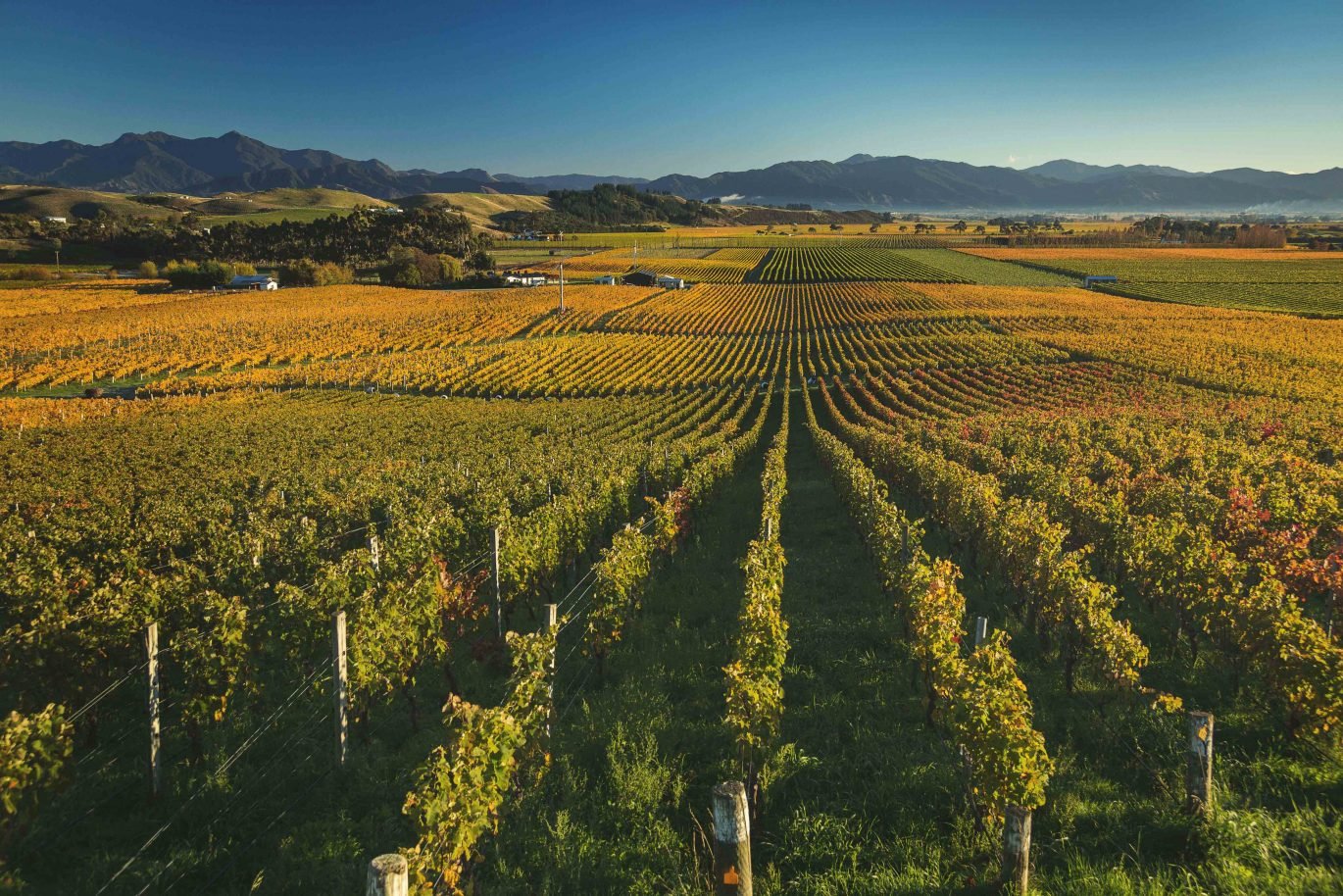The brothers Giesen know a thing or two about quality and have a passion for organics. It is wonderful therefore, to see their 2019 Clayvin Single Vineyard Syrah be recognised as the Champion Organic Wine at the International Wine Challenge held in the UK each year.
The Clayvin is a renowned certified organic vineyard in Marlborough’s Southern Valleys.
To win a trophy a wine must first pass three rounds of blind judging to win a gold medal to go on and be judged one final time against other gold medal winning wines to win a trophy. Only one trophy is awarded in each category.
This from Giesen:
Giesen Wines Win Big at 2022 International Wine Challenge in London
Giesen has been awarded the Champion Trophy for Champion Organic Wine at the International Wine Challenge. The 2019 Clayvin Single Vineyard Syrah is from the renowned Clayvin Vineyard in Southern Valleys, Marlborough, a vineyard that has historically set the standard for premium wines from the region.
The recent trophy win adds to the haul for this spectacular wine. It has already won the Marlborough Syrah Trophy and 1 x gold medal, with 96 points awarded at the 2022 International Wine Challenge. Across a global field, there were only 22 Champion Wine Trophies awarded.
Described by the judges as “Fragrant, lifted aromas of spice, violets, plump ripe blackberries and black pepper. The palate is elegant and quite rich with fine tannins, polished damson fruit and black cherries with a suggestion of bacon on the finish.”
Giesen Group Chief Winemaker, Duncan Shouler said, “we’re delighted to have won this prestigious international award for our Clayvin Organic Syrah. The Clayvin vineyard is an important part of our company DNA and enables us to create some very special organic wines, which will continue to evolve over the next decade.”
“The viticultural and winemaking teams meticulously manage every last detail of this special site, and it means so much to have the Syrah recognized on a global stage, against many worthy international competitors.”
The Clayvin Vineyard (Credit: Giesen Wines)
Planted in 1993, the Clayvin vineyard is a living tribute to Marlborough’s viticultural history. Certified organic and employing biodynamic principles, it is planted with Chardonnay, Pinot Noir, and Syrah. This incredible site features 30-year-old vines, dense clay soil, and high-density plantings to reduce the vigour of the vines and receives the utmost care and attention.
Clayvin vineyard’s location, soil, high-density planting, differing rootstock and clones are harnessed with precise organic vineyard management, which creates wines with a sense of place.
2019 was an exceptional vintage in Marlborough. The Clayvin vineyard enjoys slight elevation, however, there are pockets in the vineyard that can hold cooler air. Cooler flowering conditions suited Clayvin Syrah vines with the viticultural team targeting low yields of approximately 2.5 tonnes per hectare. The grapes were hand-picked and hand-sorted.
The winemaking process sees the Clayvin Syrah fruit held on skins before warming to encourage a wild ferment. It is matured in a selection of new and used 225L French oak before racking and blending. The result is a remarkable cool-climate Syrah
The International Wine Challenge sets the international benchmark for quality. The competition looks to single out the best of the best through a rigorous judging panel that sees each entrant tasted by a minimum of 12 wine experts across two rounds of judging. The wine is tested against its faithfulness to style, region and vintage by experts, industry leaders, commercial decision-makers, buyers, and masters of wine to find the highest quality of wine each year.
Full results of trophy winners can be found at: https://www.internationalwinechallenge.com/trophy-results-2022.html
















